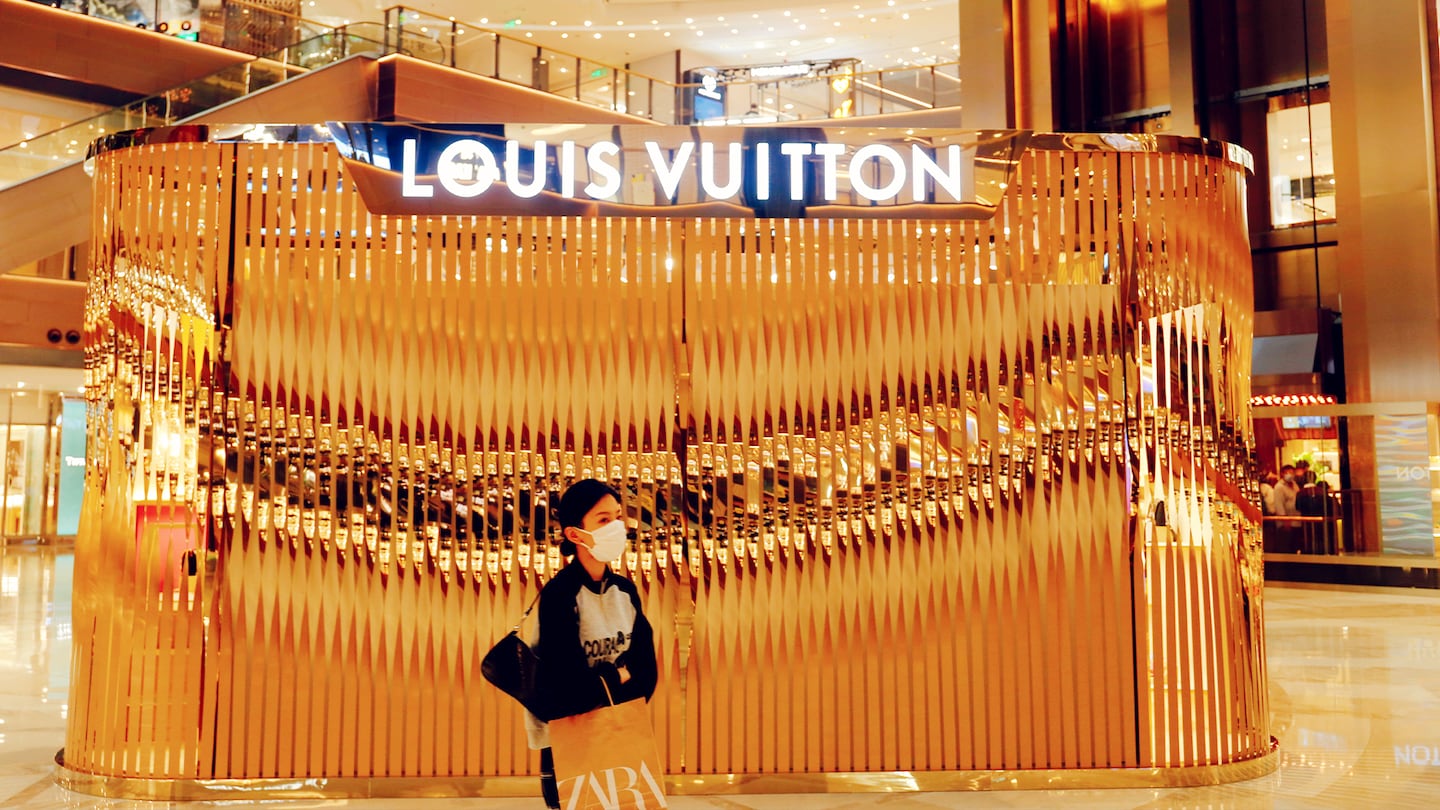
The Business of Fashion
Agenda-setting intelligence, analysis and advice for the global fashion community.

Agenda-setting intelligence, analysis and advice for the global fashion community.

Two weeks ago, Chinese President Xi Jinping said he planned to curb “unreasonable incomes” as part of a “third redistribution of wealth” aimed at expanding the country’s middle class. The same day, shares in luxury goods giant LVMH fell by more than 5 percent. At face value, President Xi’s comments sounded like encouragement for Chinese billionaires and profitable Chinese corporations to commit more to charitable donations. But economists writing in Chinese media have recently argued for the gradual introduction of real estate and inheritance tax — starting first with a single province to test its effects — with the goal of curbing inequality and building “an olive shaped society.”
Incremental taxation for the rich is bad news for the luxury goods sector. New taxation would make the wealthy feel poorer and cause them to rein in discretionary spending, damaging growth in luxury sales at least in the short-term.
Data from the US shows that higher tax on the rich causes a lull in luxury spending growth. That’s because discretionary spending is tightly linked to the consumer feel good factor. No matter how rich you are, losing money — whether because of a stock market drop, a bad deal or higher tax — makes you feel poorer, reducing your willingness to spend, at least temporarily. This is particularly concerning for the luxury goods sector where the top 1 percent of spenders account for more than 20 percent of luxury sales. And, let’s not forget, for most personal luxury goods product categories, the top 1 percent of Chinese consumers is between 100,000 and 1,000,000 people.
Not all products and companies would be hit equally, however. Some companies (Swiss watches, Hermès) are more exposed to the Chinese. And some product categories are simply more expensive and therefore more relevant to the richest consumers, who could be hit by new taxation. These include haute couture, high jewellery, collector’s watches and accessories in exotic skins. The third point is that some brands (again like Hermès) can offset a pause in demand growth in one market by opening up the tap a bit in other geographies.
ADVERTISEMENT
As for how new taxation may be introduced, highly disruptive action from the Chinese authorities seems unlikely. Rather, there are at least two reasons that a smooth and gradual shift is more likely. First, abruptly introducing higher taxation on rich Chinese wouldn’t just hit personal luxury goods, but a much wider set of product and service categories across the consumer discretionary realm. This would set the Chinese leadership back on its goal of steering the economy from capital expenditure to consumption. And second, China has long pushed for the repatriation of luxury spending because it brings higher tax revenue to the Chinese Exchequer. Covid-19 has delivered this on a silver platter, and it would be odd for the Chinese government to torpedo these gains just now.
The markets have already priced in the risk of higher taxation on China’s wealthy, at least in its milder form. But it remains to be seen how the issue plays out for margins and multiples as a function of top line growth. A base case scenario (integrating modest Covid-19 disruption and no Chinese tax risk) suggests 18 percent top line growth next year, down from 33 percent this year. In the case of a softening Chinese market as a result of tax policy, we could see that fall to 0 percent top line growth, whereas worse scenarios could see -5 percent or even -10 percent growth. The market is now close to pricing in 0 percent growth. If higher taxes don’t materialise, the sector is likely to reflate.
Luca Solca is head of luxury goods research at Bernstein.
Related Articles:
Could a Chinese Crackdown on ‘Excessive Incomes’ Damage Luxury Sales?
The Hood By Air co-founder’s ready-to-wear capsule for the Paris-based perfume and fashion house will be timed to coincide with the Met Gala in New York.
Revenues fell on a reported basis, confirming sector-wide fears that luxury demand would continue to slow.
IWC’s chief executive says it will keep leaning into its environmental message. But the watchmaker has scrapped a flagship sustainability report, and sustainability was less of a focus overall at this year’s Watches and Wonders Geneva.
The larger-than-life Italian designer, who built a fashion empire based on his own image, died in Florence last Friday.